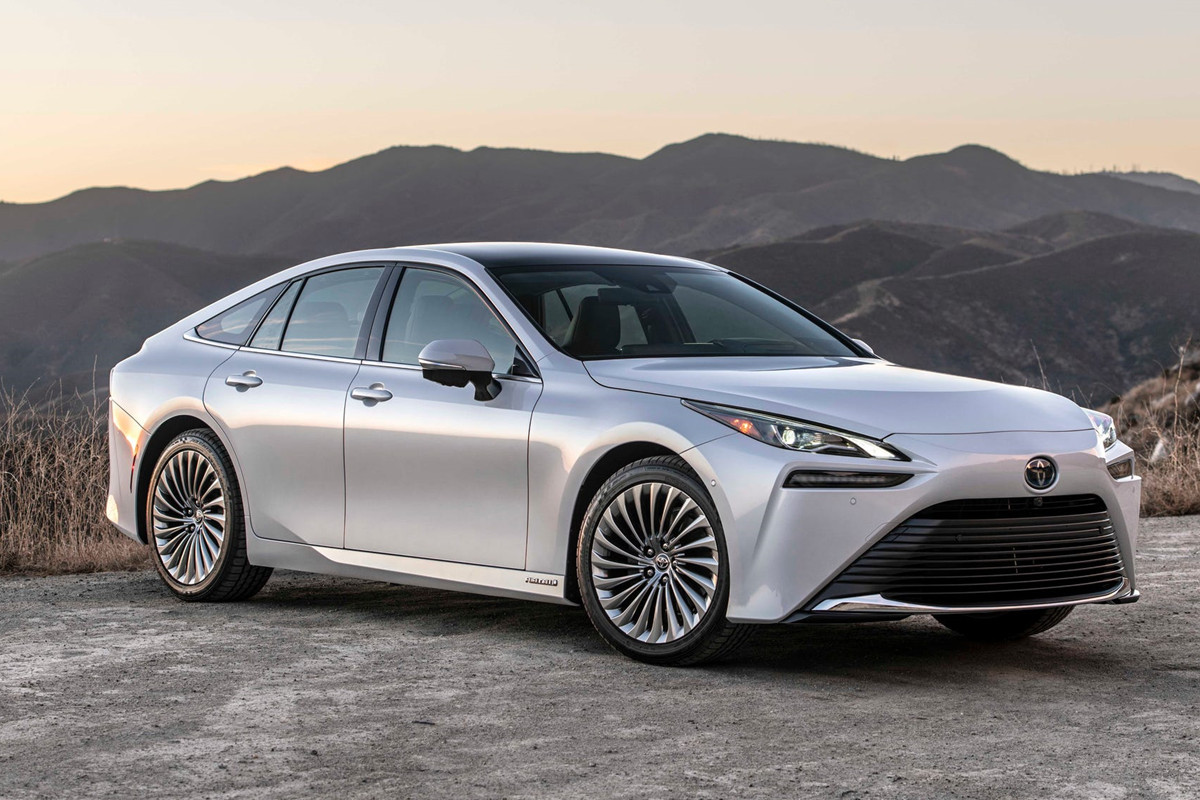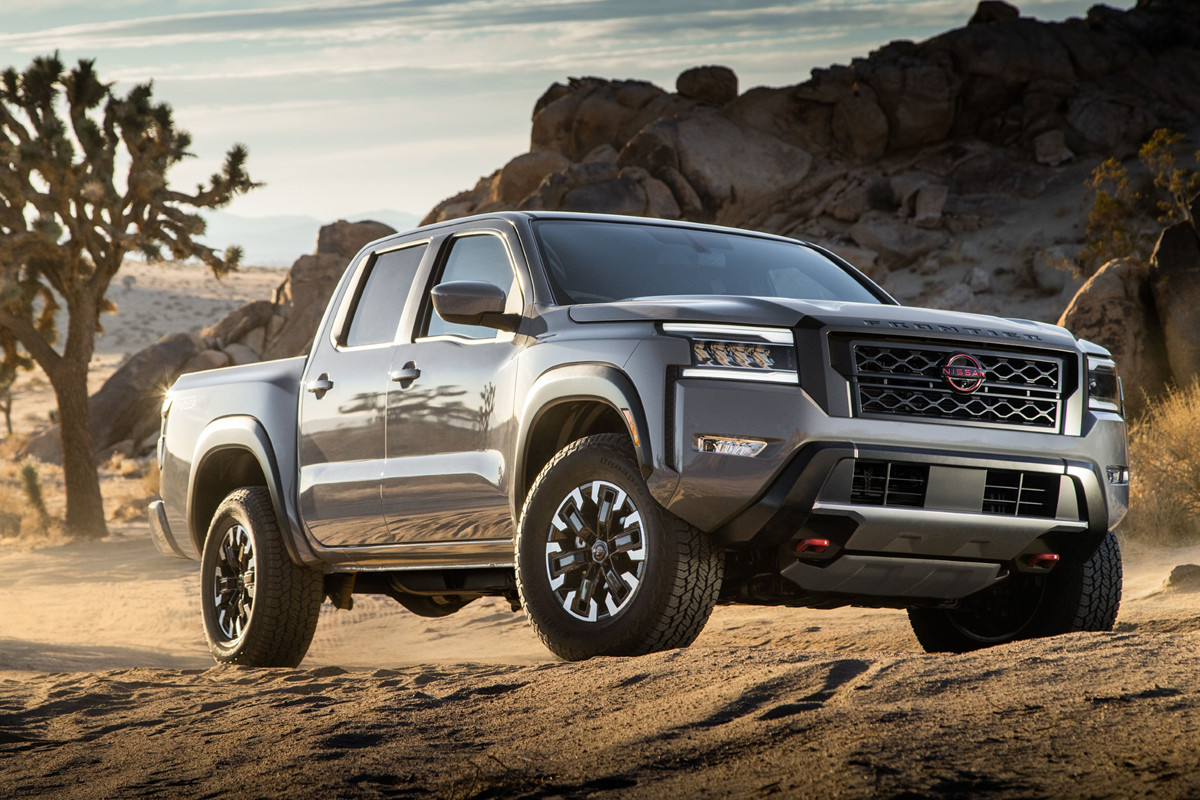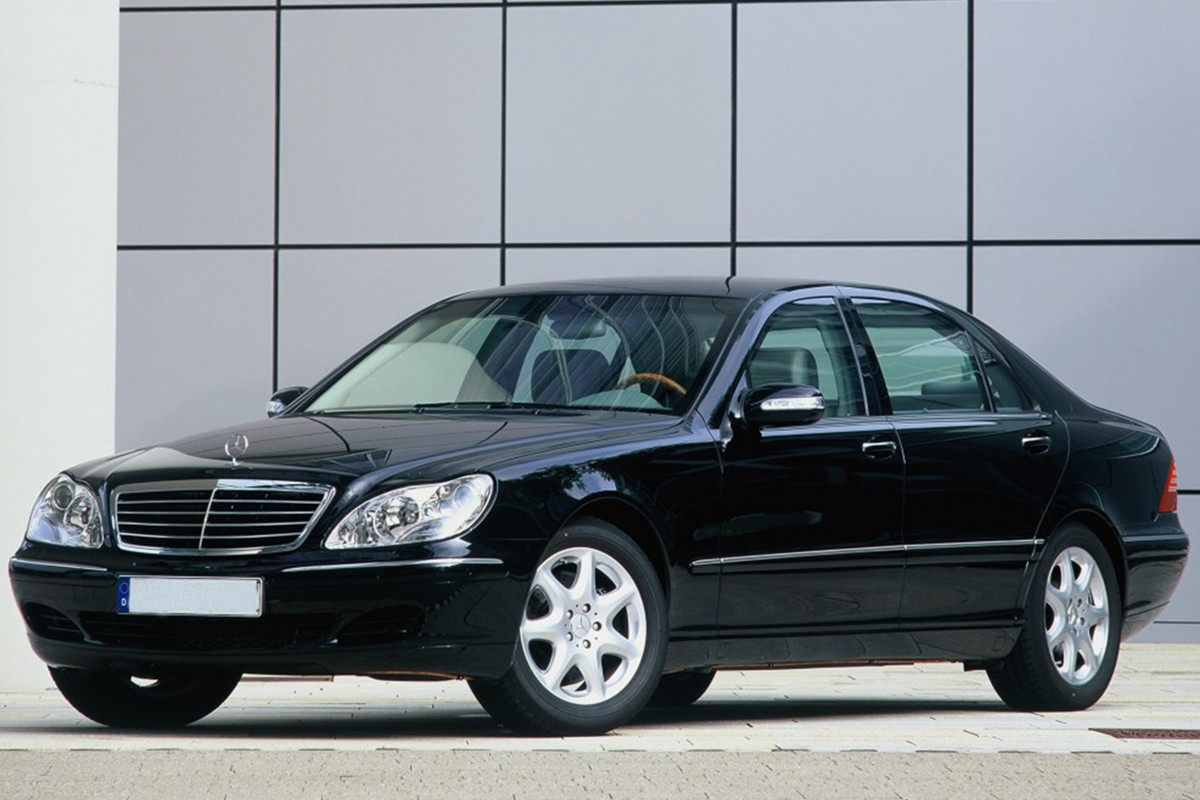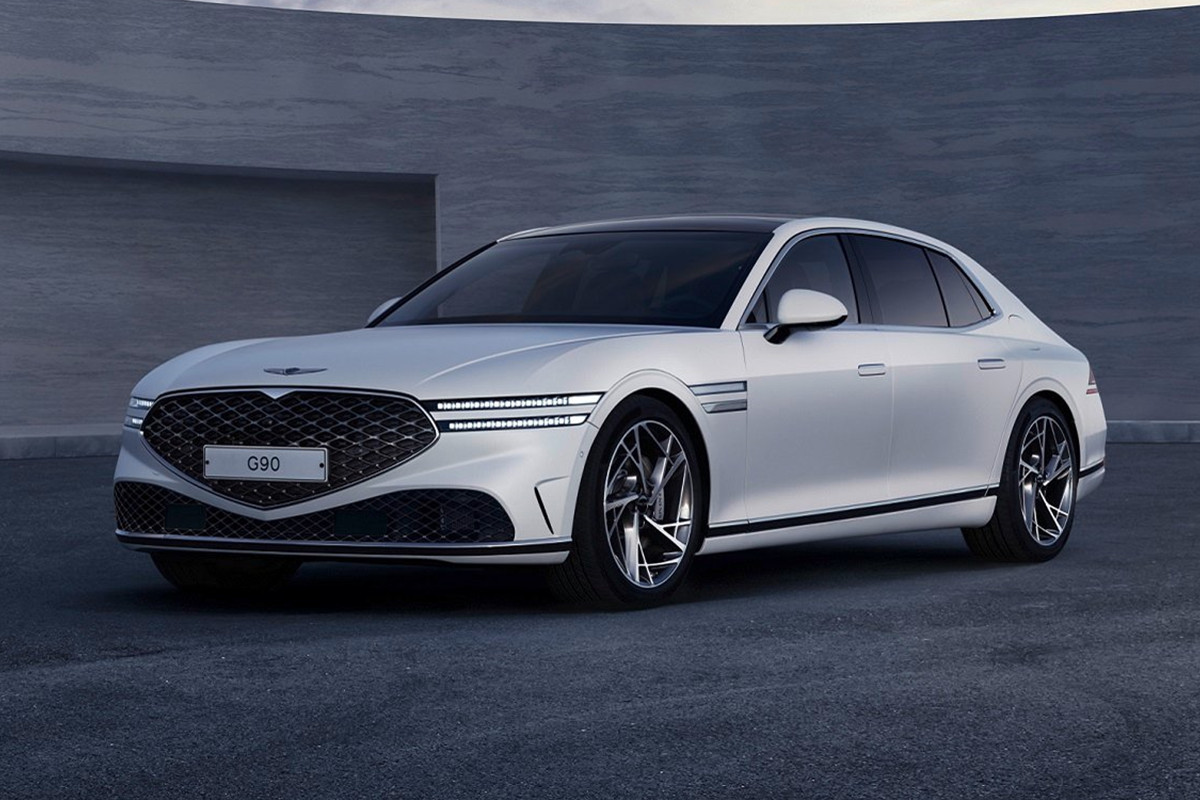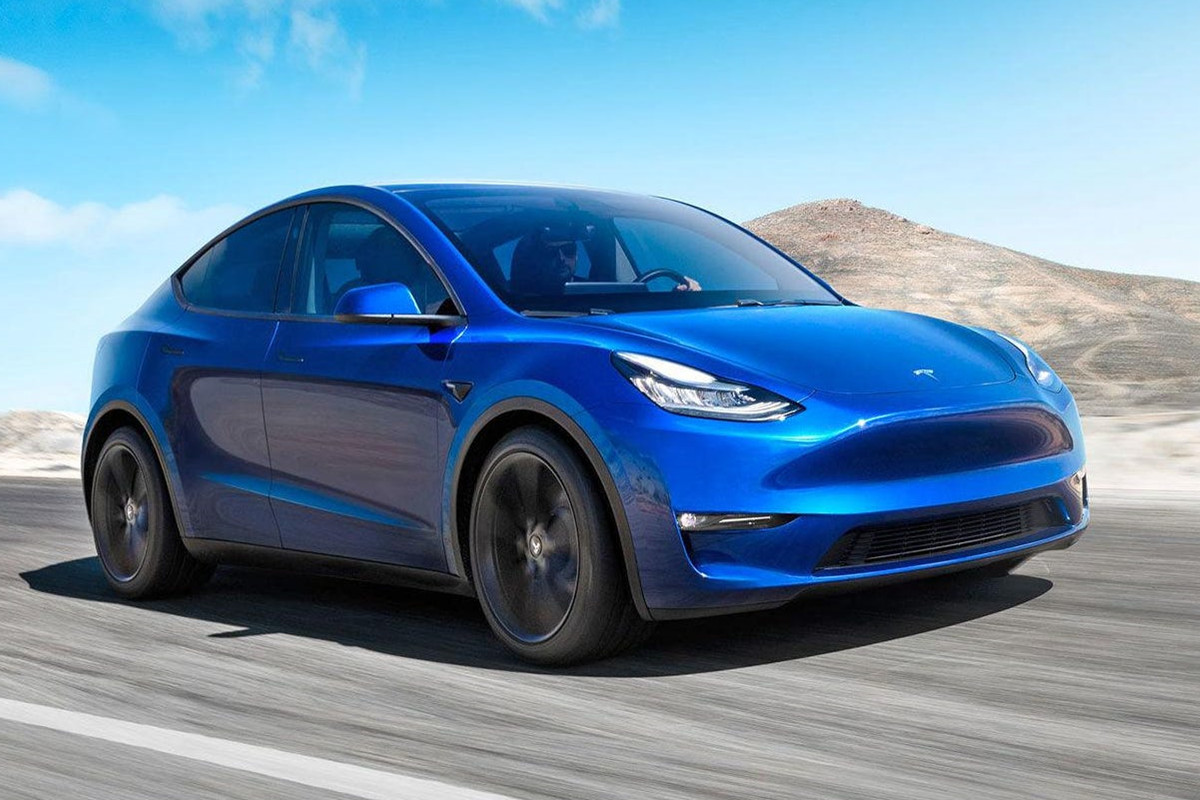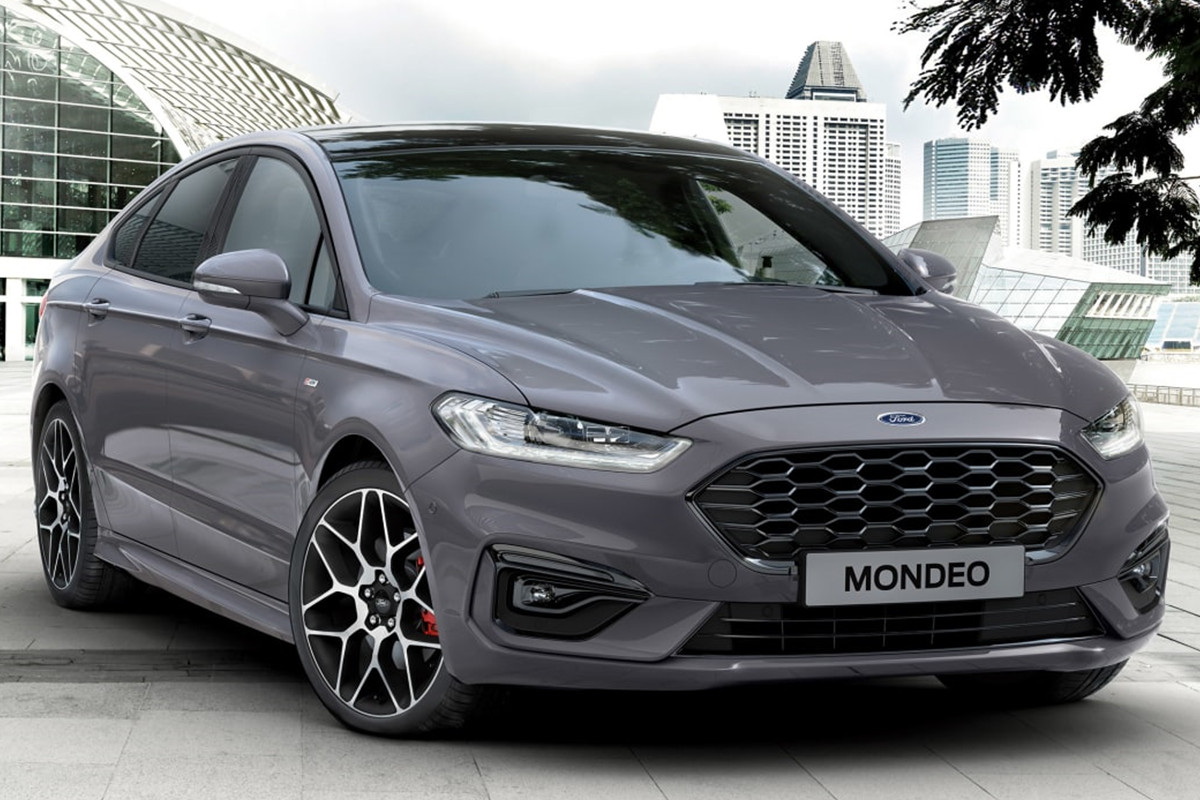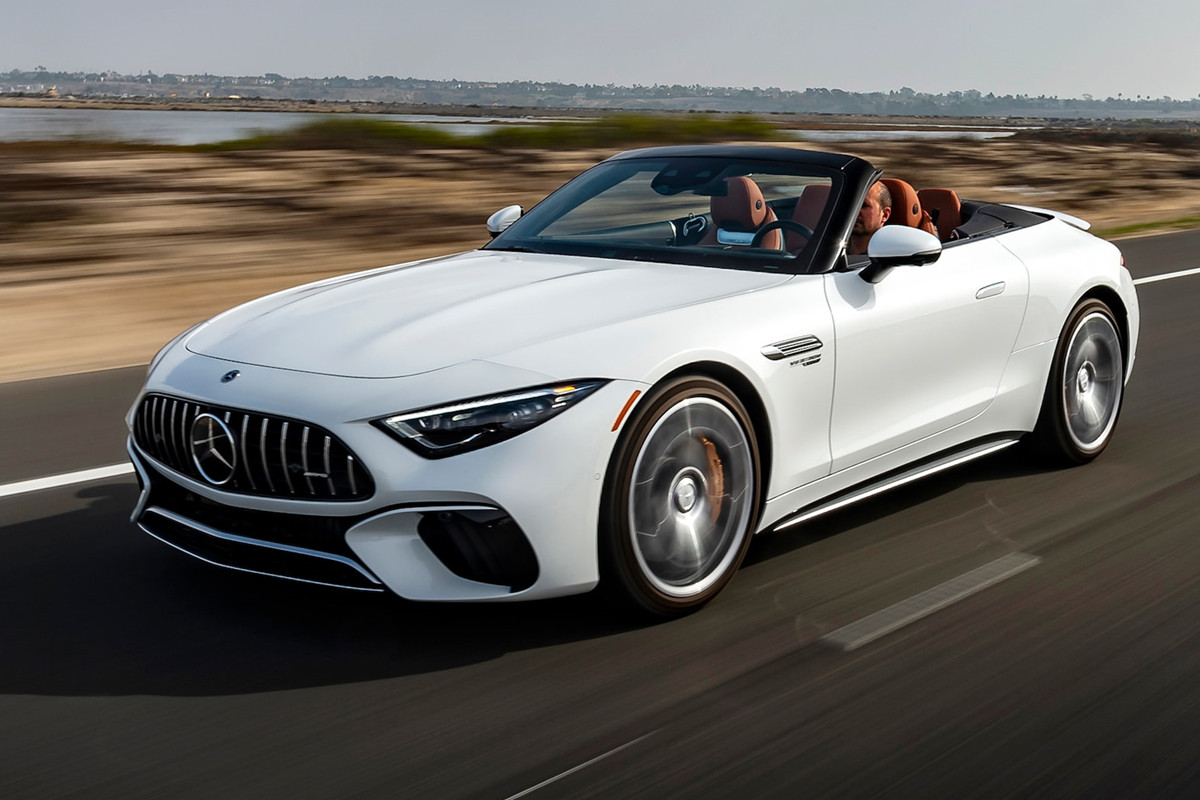A Toyota Mirai
Mirai is a hydrogen fuel cell electric car that emits nothing but water vapor from its exhaust pipe. Mirai’s fuel cell stack produces electricity by combining hydrogen from the fuel tank with oxygen from the air intake. An electric motor then powers the car. As with any electric car, Mirai’s battery can be recharged from a standard electrical outlet. Mirai’s fuel cell also has the ability to generate heat which can be used to heat the car’s cabin or even produce hot water for use in its climate control system.
A couple of decades ago, the idea of a zero-emission car seemed like science fiction. With the introduction of the Mirai, that vision has become reality.
Mirai is a Japanese word which means “future”.
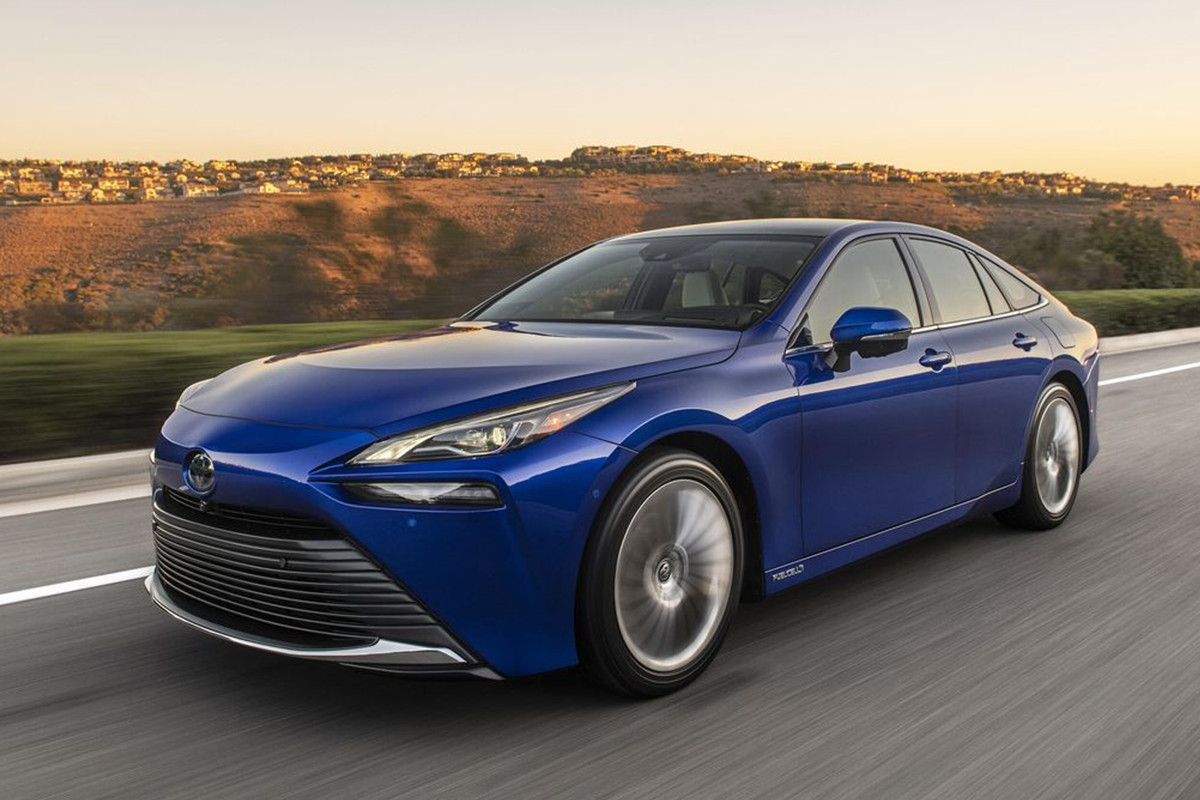
Toyota has been working on hydrogen fuel cell technology for more than 20 years. The company is working to commercialize this technology in the next few years, and plans to produce a limited number of Mirai vehicles for sale in the United States by 2015. Toyota will also install a network of hydrogen refueling stations across California, initially in the Los Angeles area, and then expand to other markets in the coming years.
Even though hydrogen is the most abundant element in the universe, it is rarely found as pure hydrogen on Earth because it combines easily with other elements to form compounds. However, when cooled to very low temperatures and under high pressure, hydrogen forms a colorless and odorless gas that can be pumped into fuel cells just like gasoline or diesel fuel into a car’s tank. In fact, one kilogram (2.2 pounds) of hydrogen gas contains about as much energy as one gallon of gasoline and can power Mirai for up to 300 miles (500 kilometers) at highway speeds. One kilogram of hydrogen gas also produces only water vapor as exhaust; no greenhouse gases are emitted at all.
